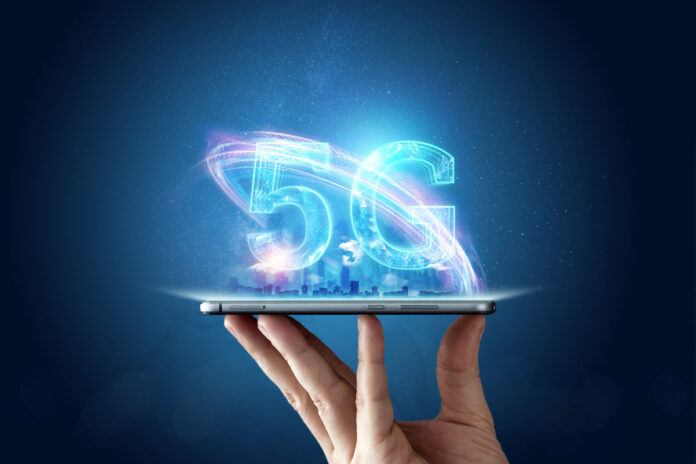What exactly is 5G radiation?
The term 5G means the fifth generation of mobile technology first widely deployed in 2019. It is the latest wireless cellular technology that employs millimeter waves in addition to microwaves used in older cellular technologies. 5G offers faster browsing, streaming, and downloading and much better connectivity. 5G is a natural evolution in our tech-driven world. 5G lies on the low-frequency end of the electromagnetic scale. Being less powerful than the visible light, 5G radiations are not strong enough to damage cells when compared to radiation at the higher frequency end of the spectrum like sun’s rays and medical x-rays.
Is there any negative impact of 5G on health?
The latest report by Deloitte titled “Technology, Media, and Telecommunications Predictions 2021” debunks rumors related to the negative impact of 5g radiation on health. It is highly unlikely that 5G radiations from mobile will affect the health of people. Even users of any other generation of mobile phones as well as those living in close proximity of a mobile network and not using a cellphone are safe from health risks. Some people believe 5G radiation causes cancer, while others fear it weakens the immune system, making one susceptible to COVID. The Deolitte report clearly states that 5G does generate radiations — but at safe levels. Also, none of it is radioactive radiation. So, there are no biological effects associated with 5G. The report also stated that 5G is far more effective than older cellular mobile technologies. Besides higher speeds and low latency, 5G uses less power than 4G or 3G. Therefore, emits lesser power! Another best thing about 5G base stations is that they can be put into sleep mode at night when there are no active users. On the other hand, 4G networks transmit control signals even when there are no users in range.
What’s more?
According to a World Health Organization (WHO) report, based on research conducted to date no adverse health effects have been casually linked with exposure to wireless technologies. There are various studies performed across the entire radio spectrum. However, as of now, there are very few studies on 5G radiations. Sure, radiofrequency fields heat tissues in the human body. But, considering the radiofrequency exposure levels from current technologies, they can cause a negligible rise in the human body temperature. Higher the frequency, lower the penetration into the body tissues. When radiofrequency increases, the energy adsorption becomes more confined to the skin and eye i.e surface of the body. As per WHO, overall exposure remains below international guidelines and no negative impact on public health is anticipated.
What are the international guidelines?
Most countries adhere to guidelines recommended by:
The International Commission on Non-Ionizing Radiation Protection (ICNIRP).The Institute of Electrical and Electronics Engineers, through the International Committee on Electromagnetic Safety
Mobile phones operate in the range of the electromagnetic spectrum – from 100 kHz (0.1 MHz) to 300 GHz (3 lakh MHz), according to ICNIRP.
India follows ICNIRP guidelines and has set very strict standards on EMF radiations.Airtel and Vodafone currently offer 4G in the 1800MHz and 2100MHz bandsJio uses a lower band of 800 MHz.The 2021 auction includes a band range of 2,500MHz.The Department of Telecommunications (DoT) plans to set 5G in the 3300-3600 MHz frequency range.All the above-mentioned frequency ranges including the frequencies under discussion for 5G are well within the permissible limit.
Are you still wondering is 5G bad for health?
Well, WHO is conducting the health risk assessment to figure out any biological effects associated with exposure to radiofrequency covering the entire radiofrequency range, including 5G and the report will be published by 2022. WHO established the International Electromagnetic Fields (EMF) Project in the year 1996. This project examines adverse biological effects of exposure to electric and magnetic fields in the frequency range 0-300 GHz and suggests national authorities on EMF radiation protection. Since the new 5G technology is deployed, the health organization can gather more public health data. This report will give us scientific evidence related to health risks or problems from 5G exposure. So, friends, as of now there is nothing to worry about 5G. Wait till WHO releases its next report. Don’t pay heed to “5G is bad for health” rumors anymore! Was the post helpful? Share it with your friends 🙂





